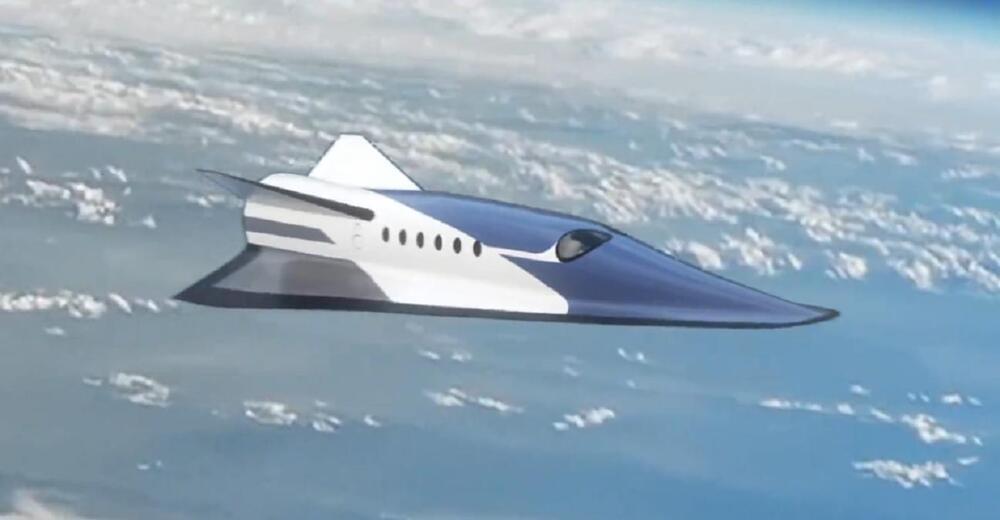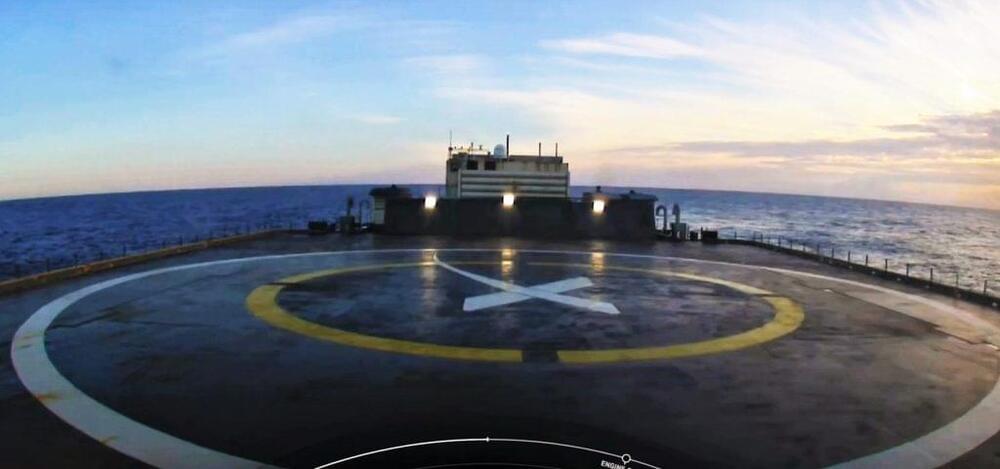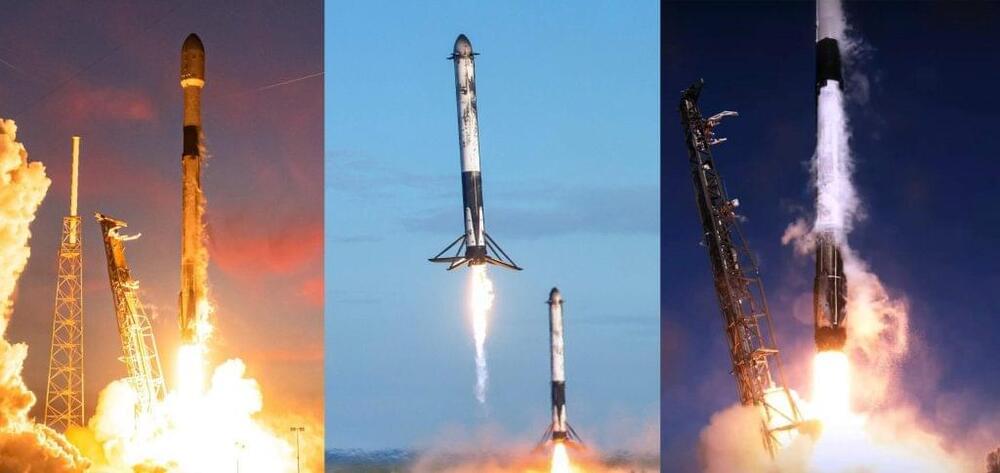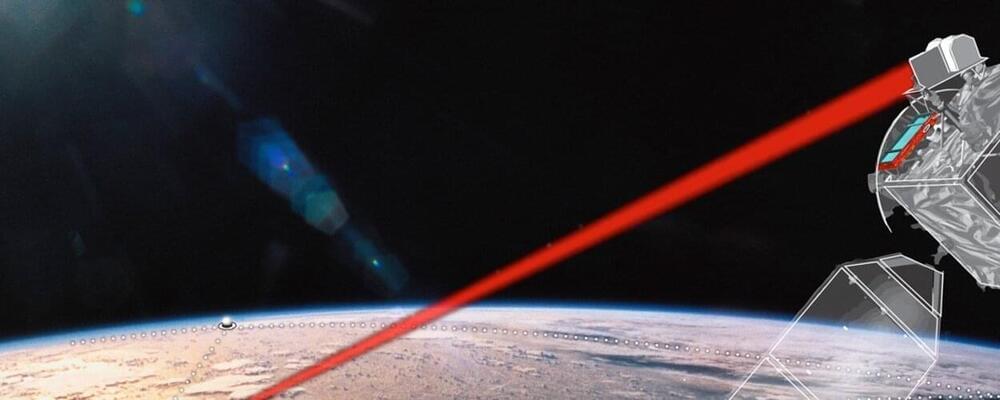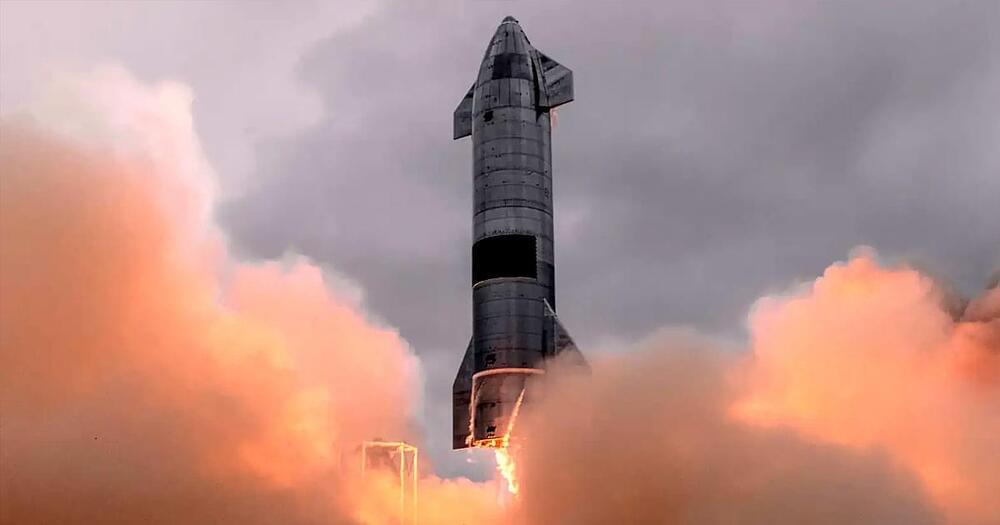A Chinese company has announced the construction of a new supersonic jet that is designed to travel from China to New York in just 60 minutes.
The company behind the project is Space Transportation, and according to its announcement, the company will be building a “rocket with wings” that will be much cheaper than the rockets used to take satellites into low-Earth orbit, while also being much faster than a commercial plane. Space Transportation has posted a demonstration video to its website, and the showcases four individuals getting aboard the jet that then orientates vertically and then launched.
